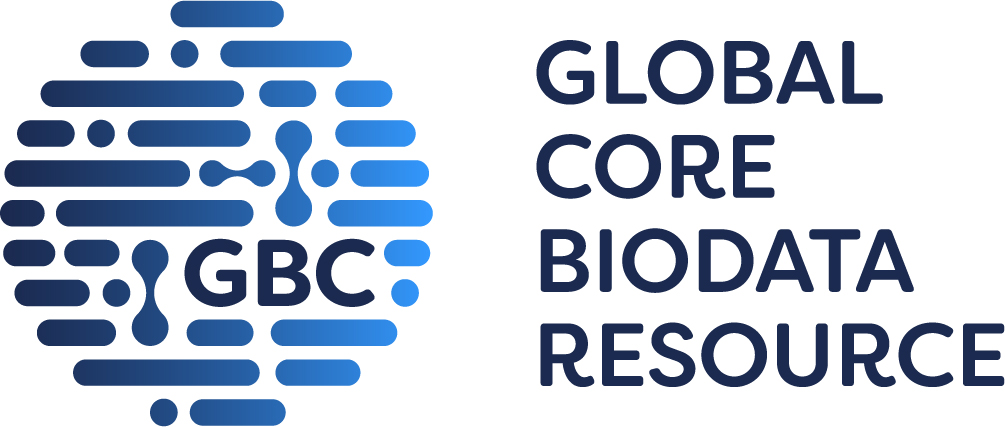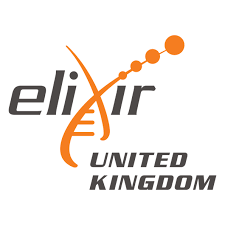
GtoPdb is requesting financial support from commercial users. Please see our sustainability page for more information.
Epilepsy

GtoPdb Disease Summaries
This section gives an overview of the disease, and where available shows the following:
- Synonyms: Shows known synonyms for the disease.
- Description: Gives a basic description/definition of the disease.
- Database Link: External links to the same disease at the Disease Ontology, OMIM or Orphanet sites.
- Immunopharmacology comments: General comments about the target's role in immunopharmacology, provided by GtoImmuPdb curators.
- Associated with: Counts are displayed for the total targets the disease is associated with in GtoPdb. The counts of targets and ligands of immunological relevance associated to the disease are also shown.
More information can be found in the help pages.
✖| Disease ID: | 302 | |
| Name: | Epilepsy | |
| Associated with: | 5 targets | |
Targets

GtoPdb Disease Summaries - Targets
Click on the target name to link to its detailed view page
Where available, information is display on the role of the target in the disease; drugs which target the disease and their therapeutic use and side-effects.
If there is mutation data curated in GtoPdb this is indicated, with a link back to the appropriate section on the target detailed view page
Immuno ligand interactions - If available, a table of immuno-relevant ligands is shown. These ligands have been curated as having an association to the disease and possess interaction data with the target in GtoPdb. The approval status of the ligand is shown, along with curator comments and an indication of whether the target is considered the primary target of the ligand.
More information can be found in the help pages.
✖| KCa2.2 | |
| Drugs: | EBIO reduces epileptiform activity in hippocampal slices and reduces seizures in a mouse model; SKA-31, riluzole and its derivative SKA-19 show anticonvulsant activity in various seizure models in mice and rats. |
| Side effects: | Sedation and impairment of motor coordination at higher doses. |
| Therapeutic use: | KCa2 activators have been suggested as anticonvulsants. |
| References: | 1,3-4,8,10 |
| HCN1 | |
| Role: | Enhanced expression of HCN1 in dentate gyrus granule cells of hippocampi of patients suffering from temporal lobe epilepsy. |
| References: | 2,11 |
| Kv8.2 | |
| Mutations: | Kv8.2 is associated with 2 mutation. Click here for details  |
| Nav1.3 | |
| Role: | Mutation increases persistent current |
| References: | 5-6 |
| Mutations: | Nav1.3 is associated with 1 mutation. Click here for details  |
| synaptic vesicle glycoprotein 2A | |
| Role: | SV2A is a widely distributed CNS protein believed to be involved in the abnormal coordination of synaptic vesicle exocytosis and neurotransmitter release underlying pathological brain activity in epileptic seizure. The exact mechanism has yet to be defined. |
| Drugs: | levetiracetam and brivaracetam |
| References: | 9,12-13 |
Ligands

GtoPdb Disease Summaries - Ligands
Click ligand name to view ligand summary page
- Approved: If the ligand is an approved drug this is indicated, along with approval bodies.
- Immuno: Immuno icon indicates the ligand is immuno-relevant
Click the arrow in the final column to expand comments
- Immuno Disease Comments: Curatorial comments specifically added as part of GtoImmuPdb. They give more information on the association between the ligand and disease in the context of immunopharmacology.
- Clinical Use: General clinical comments relating to the ligand and may not necessarily be specific to the disease in question. With hyperlink to more details on the ligand summary pages.
- Bioactivty Comments: Curatorial comments specifically about the compounds biological activity - with hyperlink to more details on the ligand summary pages.
More information can be found in the help pages.
✖No ligand related data available for Epilepsy
References
1. Anderson NJ, Slough S, Watson WP. (2006) In vivo characterisation of the small-conductance KCa (SK) channel activator 1-ethyl-2-benzimidazolinone (1-EBIO) as a potential anticonvulsant. Eur J Pharmacol, 546 (1-3): 48-53. [PMID:16925994]
2. Bender RA, Soleymani SV, Brewster AL, Nguyen ST, Beck H, Mathern GW, Baram TZ. (2003) Enhanced expression of a specific hyperpolarization-activated cyclic nucleotide-gated cation channel (HCN) in surviving dentate gyrus granule cells of human and experimental epileptic hippocampus. J Neurosci, 23 (17): 6826-36. [PMID:12890777]
3. Blank T, Nijholt I, Kye MJ, Spiess J. (2004) Small conductance Ca2+-activated K+ channels as targets of CNS drug development. Curr Drug Targets CNS Neurol Disord, 3 (3): 161-7. [PMID:15180477]
4. Coleman N, Nguyen HM, Cao Z, Brown BM, Jenkins DP, Zolkowska D, Chen YJ, Tanaka BS, Goldin AL, Rogawski MA et al.. (2015) The riluzole derivative 2-amino-6-trifluoromethylthio-benzothiazole (SKA-19), a mixed KCa2 activator and NaV blocker, is a potent novel anticonvulsant. Neurotherapeutics, 12 (1): 234-49. [PMID:25256961]
5. Estacion M, Gasser A, Dib-Hajj SD, Waxman SG. (2010) A sodium channel mutation linked to epilepsy increases ramp and persistent current of Nav1.3 and induces hyperexcitability in hippocampal neurons. Exp Neurol, 224 (2): 362-8. [PMID:20420834]
6. Holland KD, Kearney JA, Glauser TA, Buck G, Keddache M, Blankston JR, Glaaser IW, Kass RS, Meisler MH. (2008) Mutation of sodium channel SCN3A in a patient with cryptogenic pediatric partial epilepsy. Neurosci Lett, 433 (1): 65-70. [PMID:18242854]
7. Jorge BS, Campbell CM, Miller AR, Rutter ED, Gurnett CA, Vanoye CG, George Jr AL, Kearney JA. (2011) Voltage-gated potassium channel KCNV2 (Kv8.2) contributes to epilepsy susceptibility. Proc Natl Acad Sci USA, 108 (13): 5443-8. [PMID:21402906]
8. Lappin SC, Dale TJ, Brown JT, Trezise DJ, Davies CH. (2005) Activation of SK channels inhibits epileptiform bursting in hippocampal CA3 neurons. Brain Res, 1065 (1-2): 37-46. [PMID:16336949]
9. Mendoza-Torreblanca JG, Vanoye-Carlo A, Phillips-Farfán BV, Carmona-Aparicio L, Gómez-Lira G. (2013) Synaptic vesicle protein 2A: basic facts and role in synaptic function. Eur J Neurosci, 38 (11): 3529-39. [PMID:24102679]
10. Sankaranarayanan A, Raman G, Busch C, Schultz T, Zimin PI, Hoyer J, Köhler R, Wulff H. (2009) Naphtho[1,2-d]thiazol-2-ylamine (SKA-31), a new activator of KCa2 and KCa3.1 potassium channels, potentiates the endothelium-derived hyperpolarizing factor response and lowers blood pressure. Mol Pharmacol, 75 (2): 281-95. [PMID:18955585]
11. Surges R, Kukley M, Brewster A, Rüschenschmidt C, Schramm J, Baram TZ, Beck H, Dietrich D. (2012) Hyperpolarization-activated cation current Ih of dentate gyrus granule cells is upregulated in human and rat temporal lobe epilepsy. Biochem Biophys Res Commun, 420 (1): 156-60. [PMID:22405820]
12. Vogl C, Tanifuji S, Danis B, Daniels V, Foerch P, Wolff C, Whalley BJ, Mochida S, Stephens GJ. (2015) Synaptic vesicle glycoprotein 2A modulates vesicular release and calcium channel function at peripheral sympathetic synapses. Eur J Neurosci, 41 (4): 398-409. [PMID:25484265]
13. von Rosenstiel P. (2007) Brivaracetam (UCB 34714). Neurotherapeutics, 4 (1): 84-7. [PMID:17199019]






